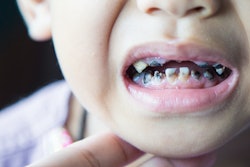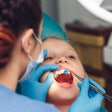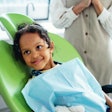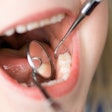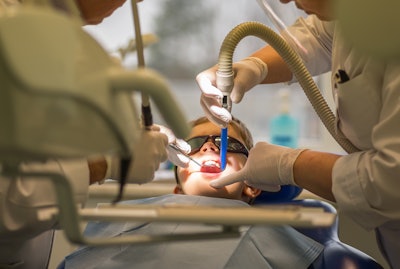
Children living in disadvantaged areas may be three times more likely to experience severe tooth decay requiring hospital dental extraction compared to those living in more affluent areas, according to a study published on July 16 in BMJ Public Health.
Furthermore, among school-age children in Northeast London (NEL), significant disparities exist in extractions under dental general anesthetic (DGA), primarily due to a lack of access to preventive care, the authors wrote.
"There are significant ethnic and socioeconomic inequalities in the DGA experience related to severe tooth decay and access to care in children living in NEL," wrote the authors, led by Dr. Nicola Firman of the Queen Mary University Wolfson Institute of Population Health in the U.K.
The research team conducted a retrospective cohort study using linked primary care and hospital electronic health records of children registered with a general medical practitioner (GMP) in the NEL Integrated Care Board. The study involved 608,278 children ranging in age from 5 to 16.
Overall, 3,034 children had at least one DGA, with 5.5% having more than one. The incidence of DGAs varied by local government area, ethnic background, and area-level deprivation. Children residing in Barking and Dagenham, Havering, Redbridge, and Waltham Forest were less likely to have at least one DGA, while those in Tower Hamlets were more likely, according to the results.
Children from white Irish (odds ratio [OR]: 1.96; 95% CI, 1.17 to 3.29), other Asian (OR: 1.23; 95% CI, 1.01 to 1.50), Bangladeshi (OR: 1.49; 95% CI, 1.30 to 1.70), and Pakistani (OR: 1.41; 95% CI, 1.21 to 1.65) backgrounds were more likely to have had a DGA.
In contrast, children from Chinese (OR: 0.48; 95% CI, 0.27 to 0.86), white and Black African (OR: 0.59; 95% CI, 0.35 to 0.98), other mixed (OR: 0.69; 95% CI, 0.50 to 0.95), Indian (OR: 0.65; 95% CI, 0.53 to 0.81), Black African (OR: 0.79; 95% CI, 0.66 to 0.93), and other Black (OR: 0.62; 95% CI, 0.48 to 0.82) backgrounds, as well as those living in less deprived areas, were less likely to have had a DGA, according to the results.
However, the study had limitations. It could not stratify analyses by deciduous or permanent teeth, and it lacked information on children's use of preventive or restorative dental services, the authors added.
"Our findings emphasise the importance of implementing population-based interventions to reduce inequalities in childhood dental health targeted at the wider determinants of dental health and of providing equitable access to primary prevention and dental treatment," they concluded.






